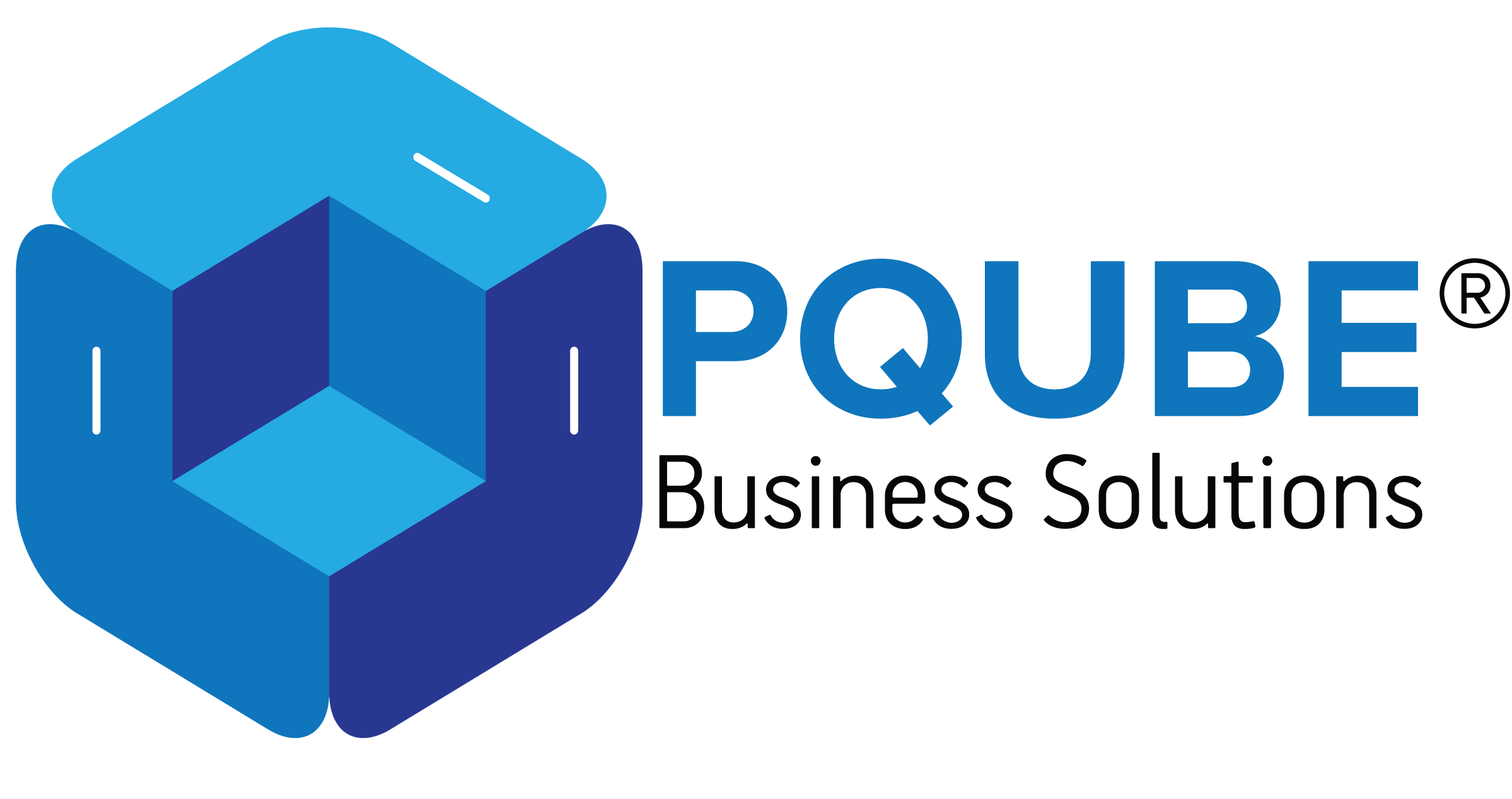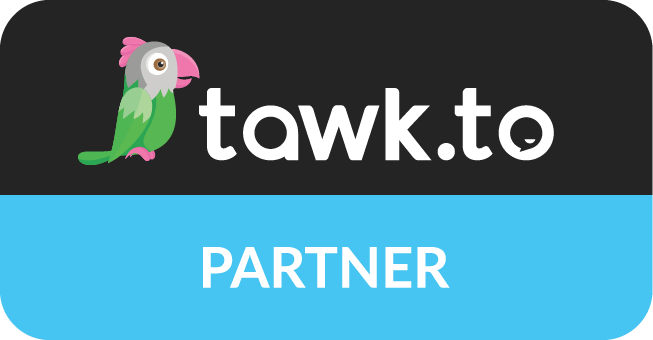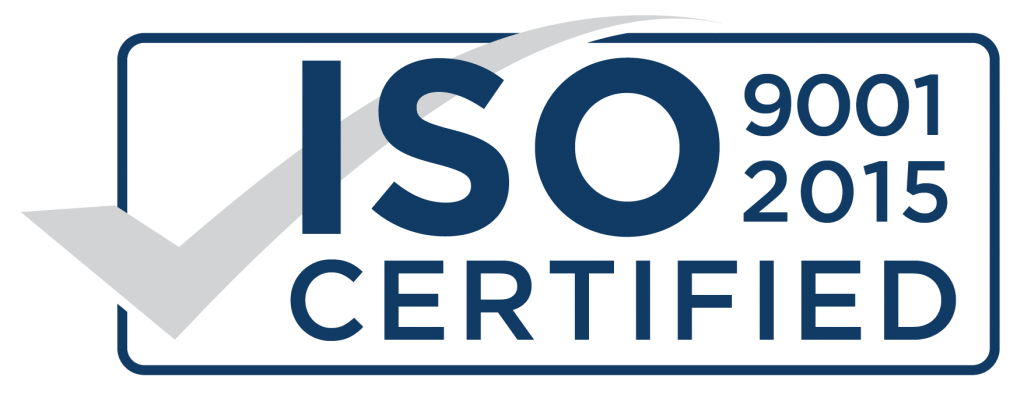You’ve built an incredible product. Your team is passionate and ready. Your investors believe in your vision. But there’s just one problem: nobody knows you exist. In the crowded digital landscape where giants dominate search results and social feeds, how can your startup possibly break through?
Digital marketing for startups isn’t just a nice-to-have anymore—it’s the oxygen that will keep your fledgling business alive during those critical early days. Unlike established companies with dedicated marketing departments and six-figure budgets, startups need to be strategic, scrappy, and smart about where they invest their limited resources.
This guide will walk you through a proven step-by-step approach to digital marketing that has helped countless startups go from unknown to unstoppable. No fluff, no impossible strategies requiring Fortune 500 budgets—just actionable tactics that work in today’s digital ecosystem.
Understanding the Startup Marketing Mindset
Before diving into tactics, it’s crucial to understand that startup marketing is fundamentally different from traditional corporate marketing. Your approach needs to reflect these unique challenges:
- Limited resources require maximum efficiency and ROI focus
- No established brand recognition means building credibility from scratch
- Need for rapid growth demands strategies that scale quickly
- Small teams must handle multiple marketing channels simultaneously
Success in startup marketing requires an experimental mindset—treating each campaign as a hypothesis to test, measure, and refine. This growth hacking approach allows you to find what works without wasting precious resources.
Step 1: Define Your Audience with Laser Precision
Generic marketing aimed at “everyone” is the fastest way to burn through your limited budget. Instead, create detailed buyer personas that capture:
- Demographics (age, location, income, education)
- Psychographics (values, goals, challenges, fears)
- Online behavior (preferred platforms, content consumption habits)
- Purchase triggers (what motivates them to buy)
Going Beyond Basic Personas
The most innovative startups are now creating dynamic audience segments that evolve based on behavioural data. Consider these advanced targeting approaches:
- Intent-based segmentation: Group users based on their observed behaviors and the problems they’re actively trying to solve, not just who they are demographically
- Jobs-to-be-done framework: Understand what “job” your customers are “hiring” your product to do in their lives
- Customer journey mapping: Visualize every touchpoint where potential customers interact with your brand, from first awareness to post-purchase engagement
Step 2: Craft a Compelling Brand Story
In a world of endless options, people don’t just buy products—they buy into stories. Your brand narrative should communicate:
- Why your company exists beyond making money
- The problem you’re solving and why it matters
- What makes your approach different
- How your values align with your target customers’
The Narrative Advantage
The most memorable startups don’t just tell stories—they invite customers into an ongoing narrative where they become the hero. Consider these storytelling techniques:
- The “Before and After” Bridge: Vividly illustrate the transformation your solution provides
- Vulnerable origin stories: Share the authentic struggles behind your founding for genuine connection
- Value-driven positioning: Stand for something meaningful beyond your product features
- Customer stories as marketing: Let your users tell your story through their experiences
Particularly powerful is the “One Enemy” approach—identifying a common frustration, inefficiency, or problem that unites you and your audience against a shared adversary. This creates immediate alignment and positions your startup as the ally in an important fight.
Step 3: Build a Conversion-Optimized Website
Your website isn’t just a digital brochure—it’s your hardest-working salesperson. Focus on:
- Lightning-fast load times (each second of delay reduces conversions by 7%)
- Mobile-first design (over 60% of web traffic comes from mobile devices)
- Clear, compelling calls-to-action on every page
- Simple navigation that guides visitors to conversion points
- Social proof elements (testimonials, case studies, logos of clients/partners)
Implement basic SEO best practices from day one: descriptive URLs, proper heading structure, alt text for images, and metadata optimization. These foundations will pay dividends as you grow.
Website Innovations That Drive Conversion
The most effective startup websites in 2025 go beyond the basics:
- Interactive product demos that let visitors experience value before signing up
- Personalized content paths that adapt based on visitor behaviour and entry points
- Micro-interactions that create delight and reduce perceived wait times
- Progressive disclosure forms that gather information incrementally rather than all at once
- AI-powered chatbots that qualify leads and answer FAQs instantly
The key breakthrough: Think of your website as a product, not a marketing asset. Apply the same user experience principles, testing rigor, and iteration cycles you use for your actual offering.
Step 4: Create a Content Strategy That Builds Authority
Content marketing costs 62% less than traditional marketing while generating three times the leads. But it requires consistency and strategic thinking:
- Identify keyword opportunities: Focus on long-tail keywords with lower competition that your specific audience is searching for.
- Develop a content calendar: Plan topics that address different stages of the buyer’s journey.
- Create 10x content: Don’t just repeat what exists—make something substantially better than anything else on the topic.
- Repurpose efficiently: Turn blog posts into infographics, videos, podcast episodes, and social media snippets.
Quality trumps quantity every time. One exceptional piece that genuinely helps your audience will outperform dozens of mediocre posts.
Content Approaches That Break Through the Noise
Generic “how-to” content won’t differentiate your startup. Consider these innovative content approaches:
- Proprietary research and data: Generate original insights from your customer base or product usage that no one else has access to
- Contrarian perspectives: Challenge industry assumptions with well-reasoned alternative viewpoints
- Decision-making frameworks: Create tools that help your audience make smarter choices (even when those choices don’t always lead to your product)
- Documentation as marketing: Make your internal processes, methodologies, or thinking transparent
- Interactive content experiences: Calculators, assessments, and configurators that provide personalized insights
The startups seeing the highest content ROI are focusing on “high-commitment content”—pieces so valuable that users are willing to exchange their contact information or even pay to access them.
Step 5: Leverage Social Media Strategically
Don’t spread yourself thin across every platform. Instead:
- Choose 2-3 channels where your audience is most active
- Develop platform-specific content strategies (what works on LinkedIn won’t work on TikTok)
- Build relationships, not just followers—engage genuinely with comments and messages
- Use the 80/20 rule: 80% valuable content, 20% promotional
Remember: Social media success requires consistency. It’s better to post quality content twice a week reliably than to post daily for a month and then disappear.
Beyond Broadcasting: Community-Driven Social Strategies
The social media landscape has evolved beyond mere content distribution. Forward-thinking startups are:
- Building owned communities in platforms like Discord, Circle, or private Slack groups where superfans become advocates
- Leveraging employee advocacy programs where team members amplify company content through their personal networks
- Creating collaborative content with users, industry experts, and even competitors
- Implementing social listening to identify product opportunities and potential crises before they escalate
- Using conversational marketing to start sales processes directly within social platforms
The most significant shift: moving from “reach” to “resonance” as the primary metric. A smaller, deeply engaged community drives more business value than a large, passive following.
Step 6: Implement Email Marketing From Day One
Email marketing remains the highest-ROI digital channel, with an average return of $42 for every $1 spent. Start building your list immediately by:
- Offering genuine value in exchange for email addresses (guides, tools, exclusive content)
- Segmenting subscribers based on behavior and interests
- Creating automated sequences for onboarding, nurturing, and re-engagement
- Testing subject lines, send times, and content formats
The money is in the relationship, not the list size. A smaller, engaged list will always outperform a large, uninterested one.
Next-Generation Email Strategies
Smart startups are reinventing email marketing with approaches like:
- Behavioral triggers that respond to specific user actions (or inactions) with precisely timed messages
- Interactive emails with embedded surveys, calculators, or product selectors that function within the inbox
- User-generated progression where subscribers control their own journey through your content
- Exclusive content ecosystems that make email subscription genuinely valuable beyond discounts
- Personalized send times determined by individual open patterns rather than batch scheduling
Most revolutionary of all: the convergence of email marketing with product experiences, where the line between marketing communication and product functionality blurs into a seamless user journey.
Step 7: Explore Paid Acquisition Channels Cautiously
Paid advertising can accelerate growth, but approach it methodically:
- Start with small test budgets ($5-10/day) to validate assumptions
- Target narrowly defined audiences that match your ideal customer profile
- Test multiple ad creatives and landing page combinations
- Optimize for conversions, not vanity metrics like impressions or clicks
- Calculate customer acquisition cost (CAC) and lifetime value (LTV) to ensure profitability
Platforms to consider: Google Ads for high-intent searches, Facebook/Instagram for interest-based targeting, and LinkedIn for B2B solutions.
Innovative Paid Media Approaches
The paid acquisition landscape is evolving rapidly beyond traditional PPC and social ads:
- Programmatic podcast advertising with dynamically inserted ads based on listener demographics
- Native content partnerships that integrate your solution into trusted publications
- Micro-influencer collaborations focused on authentic engagement rather than follower count
- Targeted CTV (Connected TV) advertising reaching cord-cutters with precision targeting
- Performance-based PR where media placement costs tie directly to measurable outcomes
The key innovation: multi-touch attribution models that accurately value each touchpoint in increasingly complex customer journeys, allowing for more sophisticated budget allocation across channels.
Step 8: Build Strategic Partnerships
Some of the most successful startup marketing comes through partnerships:
- Guest posting on established industry blogs
- Co-marketing with complementary (non-competing) startups
- Appearing on relevant podcasts in your industry
- Participating in virtual events and webinars
These relationships allow you to leverage existing audiences instead of building everything from scratch.
Ecosystem-Based Growth Strategies
The most innovative startups are creating entire partnership ecosystems:
- Integration marketplaces that extend your product’s functionality while creating cross-promotion opportunities
- Channel partner programs that incentivize others to sell or refer your solution
- Co-creation initiatives where you develop new offerings with strategic partners
- Industry coalitions that address broader market challenges while elevating all participants
- Joint ventures that combine complementary capabilities to create entirely new value propositions
The breakthrough concept: viewing partnership development as a product discipline rather than just a marketing tactic, with dedicated resources and systematic approaches to partner success.
Step 9: Embrace Emerging Technologies and Channels
While mastering proven channels is essential, startups often find their competitive edge in emerging technologies:
- Voice search optimization for an increasingly voice-driven discovery landscape
- Augmented reality experiences that allow customers to visualize products in their environment
- Interactive video that adapts based on viewer choices and behaviors
- Audio content strategies including branded podcasts and Clubhouse/Twitter Spaces conversations
- AI-powered personalization that creates truly individualized marketing at scale
- Blockchain-based loyalty programs that create genuine ownership and community governance
The advantage: Lower competition, higher engagement, and the thought leadership that comes from being an early adopter of channels that will eventually become mainstream.
Step 10: Measure, Analyze, and Iterate
Data-driven decision making separates successful startups from those that flame out:
- Set up proper tracking from day one (Google Analytics, conversion tracking, attribution models)
- Establish KPIs that truly matter to your business growth
- Create dashboards that highlight actionable insights
- Hold weekly marketing reviews to adapt strategies based on data
The startup that learns fastest wins. Treat every campaign as an experiment, document your learnings, and continuously refine your approach.
Beyond Traditional Analytics
Forward-thinking startups are implementing advanced measurement approaches:
- North Star Metric focus – identifying the one measurement that best predicts long-term success
- Cohort analysis to understand how different user groups behave over time
- Causation testing using controlled experiments rather than just observing correlations
- Qualitative feedback loops that supplement quantitative data with user perspectives
- Predictive analytics that forecast outcomes based on early signals
Most importantly: developing company-wide data literacy, where everyone understands how their work contributes to key metrics and can make data-informed decisions without bottlenecks.
Step 11: Optimize for Customer Advocacy
The ultimate marketing achievement isn’t a purchase—it’s creating customers who market for you:
- Deliver experiences worth talking about at every touchpoint
- Create “shareable moments” within your product and customer journey
- Make providing referrals and testimonials frictionless and rewarding
- Actively engage with and amplify user-generated content
- Build community spaces where customers can connect with each other
The fundamental truth: In an age of information abundance, trust has become the scarcest resource. Nothing builds trust like authentic recommendations from satisfied customers.
The Path Forward
Digital marketing for startups is both an art and a science. It requires creativity to stand out in crowded markets, analytical thinking to optimize performance, and the resilience to keep going when campaigns don’t perform as expected.
The most successful startup marketers embrace constraints, move quickly, measure relentlessly, and aren’t afraid to try unconventional approaches. They understand that in the early days, progress comes from continuous small wins that compound over time—not from searching for silver bullets or overnight viral success.
Start where you are, use what you have, and build your marketing engine one component at a time. The traction you seek won’t happen overnight, but with consistent application of these principles, it will come.
In a landscape where attention is the ultimate currency, the advantage goes to startups that deliver genuine value before asking for anything in return. Lead with generosity, focus on solving real problems, and the marketing results will follow.
Your product deserves to be discovered. Now you have the roadmap to make it happen.
Why Choose PQube as Your Digital Marketing Partner for Startups?
In the competitive landscape of today’s digital world, startups need a strategic edge to establish their brand and achieve rapid growth. At PQube , we specialize in empowering startups with innovative and result-driven digital marketing solutions tailored to their unique needs. As a trusted Digital Marketing Agency for Startups , we combine expertise, creativity, and cutting-edge technology to help your business stand out in a crowded marketplace.
Our team at PQube understands the challenges startups face—limited budgets, the need for quick results, and the importance of building a strong online presence. That’s why we craft customized strategies that maximize ROI through SEO, social media marketing, content creation, paid advertising, and more. With PQube by your side, you can focus on running your business while we drive your digital growth.












